Regulatory Compliance and Data Governance
The growing focus on regulatory compliance and data governance is significantly influencing the United States Business Intelligence (BI) Vendors Market. Organizations are under increasing pressure to adhere to various regulations regarding data privacy and security, such as the California Consumer Privacy Act (CCPA). This has led to a heightened demand for BI solutions that incorporate robust data governance frameworks. Companies are seeking BI tools that not only provide analytics capabilities but also ensure compliance with legal standards. As a result, BI vendors are likely to enhance their offerings to include features that support data governance, thereby addressing the needs of organizations striving to maintain compliance while leveraging data for strategic advantage.
Emergence of Advanced Analytics Technologies
The emergence of advanced analytics technologies is reshaping the United States Business Intelligence (BI) Vendors Market. Technologies such as machine learning, artificial intelligence, and natural language processing are becoming integral to BI solutions, enabling organizations to extract deeper insights from their data. The integration of these technologies allows for more sophisticated analysis, predictive modeling, and automated reporting. As businesses increasingly seek to leverage these advanced capabilities, the demand for BI vendors that offer cutting-edge analytics solutions is expected to rise. This trend suggests a potential shift in the competitive landscape, as vendors that can effectively incorporate advanced analytics into their offerings may gain a significant advantage in the market.
Rising Importance of Data Visualization Tools
Data visualization has emerged as a critical component in the United States Business Intelligence (BI) Vendors Market. The ability to present complex data in an easily digestible format is becoming increasingly vital for organizations aiming to communicate insights effectively. As businesses generate vast amounts of data, the demand for intuitive visualization tools is on the rise. Research suggests that companies utilizing data visualization tools can improve their decision-making speed by up to 5 times. This trend is likely to drive BI vendors to enhance their visualization capabilities, ensuring that users can derive actionable insights quickly and efficiently, thereby fostering a more data-centric culture within organizations.
Growing Demand for Data-Driven Decision Making
The increasing emphasis on data-driven decision making is a primary driver in the United States Business Intelligence (BI) Vendors Market. Organizations across various sectors are recognizing the value of leveraging data analytics to enhance operational efficiency and strategic planning. According to recent statistics, approximately 70% of companies in the United States have adopted some form of BI tools to facilitate informed decision-making processes. This trend is likely to continue as businesses seek to gain competitive advantages through insights derived from data. The demand for advanced analytics capabilities, including predictive and prescriptive analytics, is expected to propel the growth of BI vendors, as organizations strive to harness the full potential of their data assets.
Increased Adoption of Cloud-Based BI Solutions
The shift towards cloud-based solutions is reshaping the landscape of the United States Business Intelligence (BI) Vendors Market. Organizations are increasingly migrating their BI applications to the cloud to benefit from enhanced scalability, flexibility, and cost-effectiveness. Recent data indicates that the cloud BI market is projected to grow at a compound annual growth rate (CAGR) of over 20% in the coming years. This transition allows businesses to access real-time data and analytics from anywhere, fostering collaboration and informed decision-making. As more companies recognize the advantages of cloud technology, BI vendors are likely to innovate and expand their offerings to meet the evolving needs of their clients.
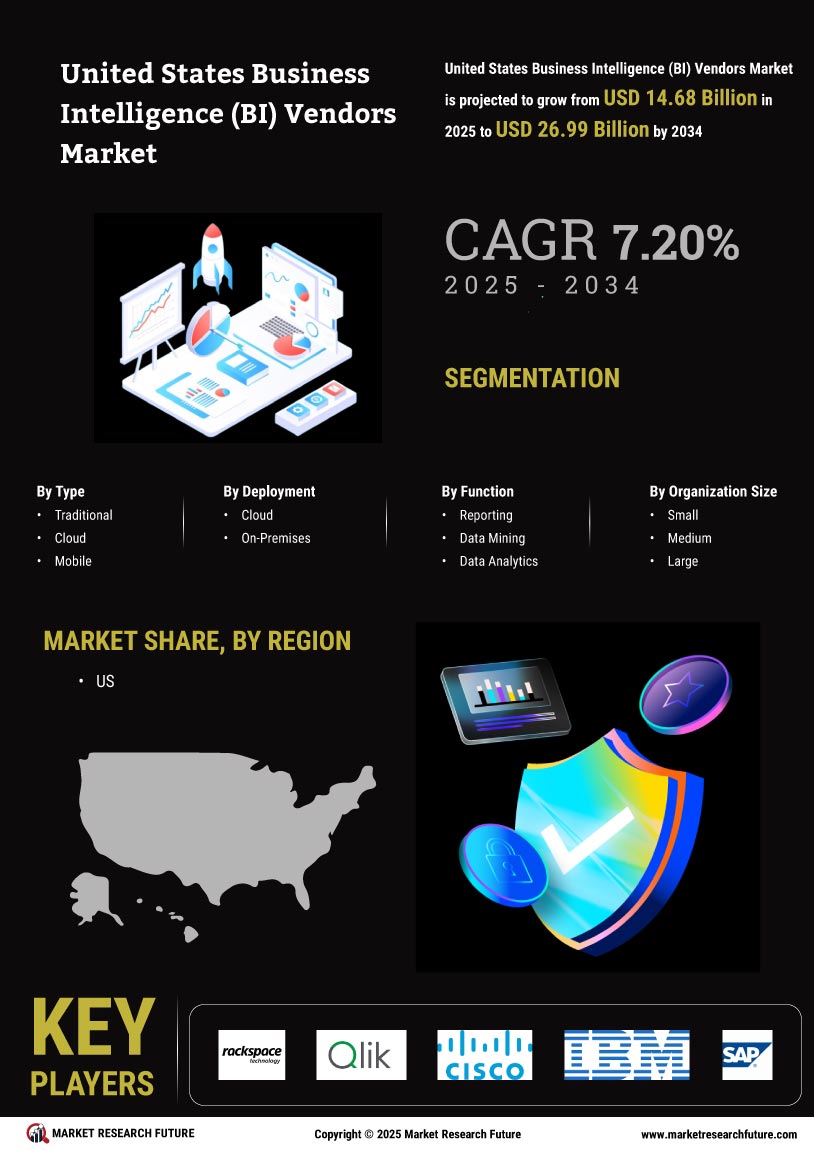

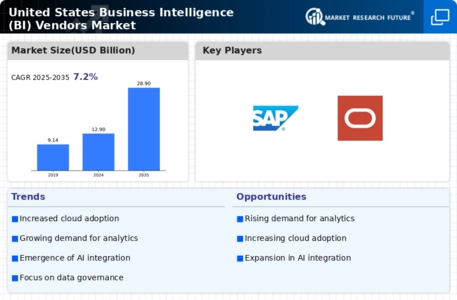
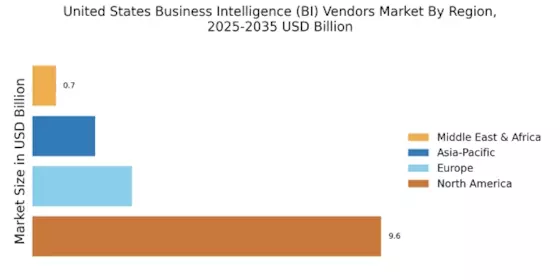



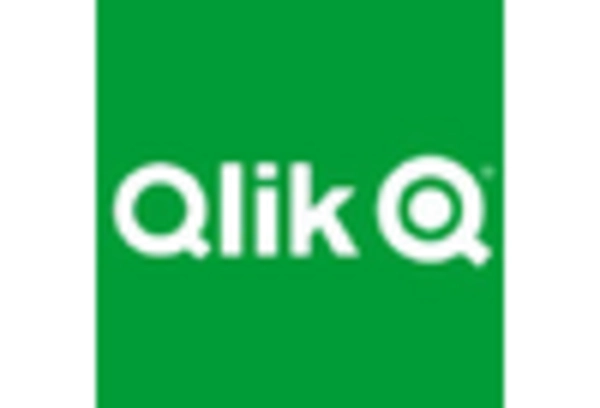
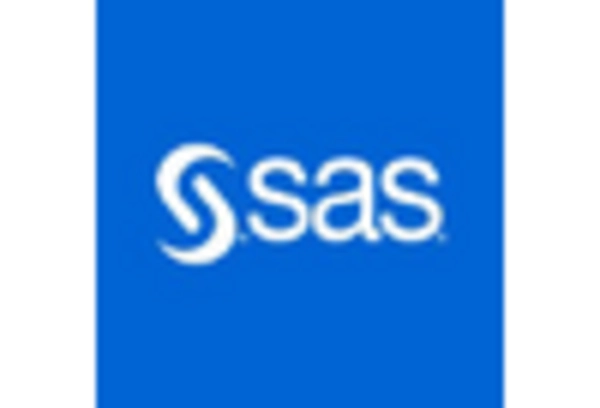









Leave a Comment